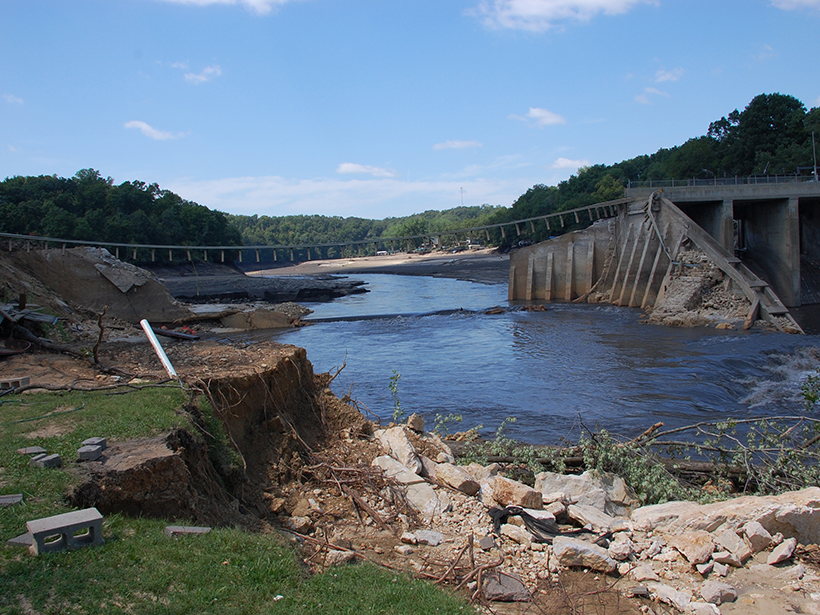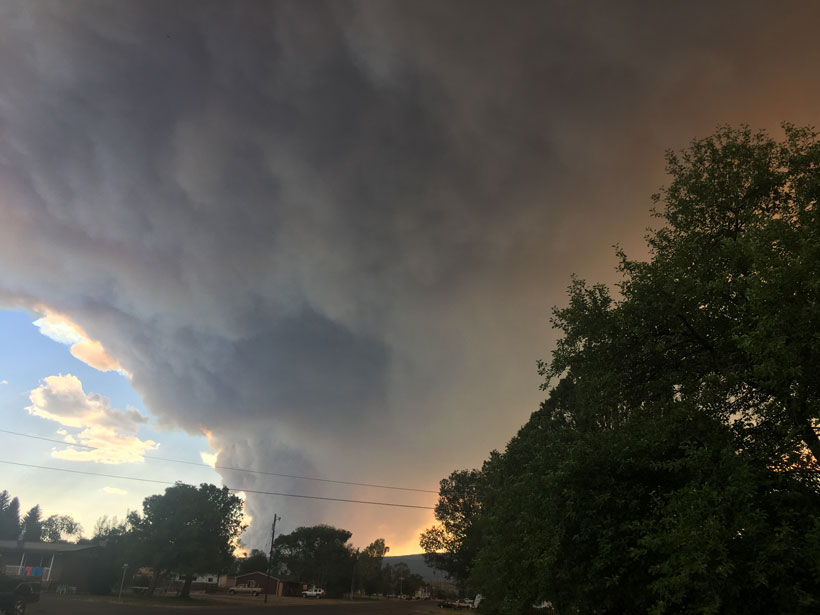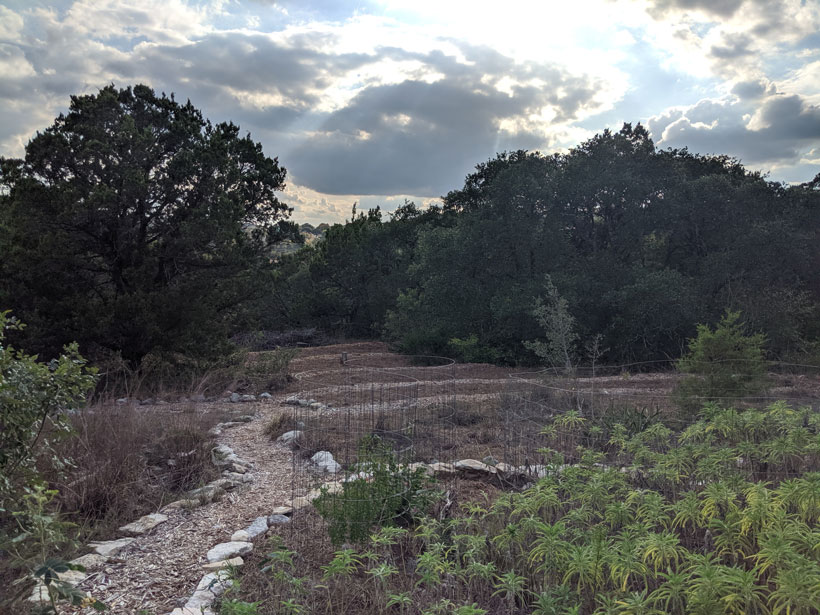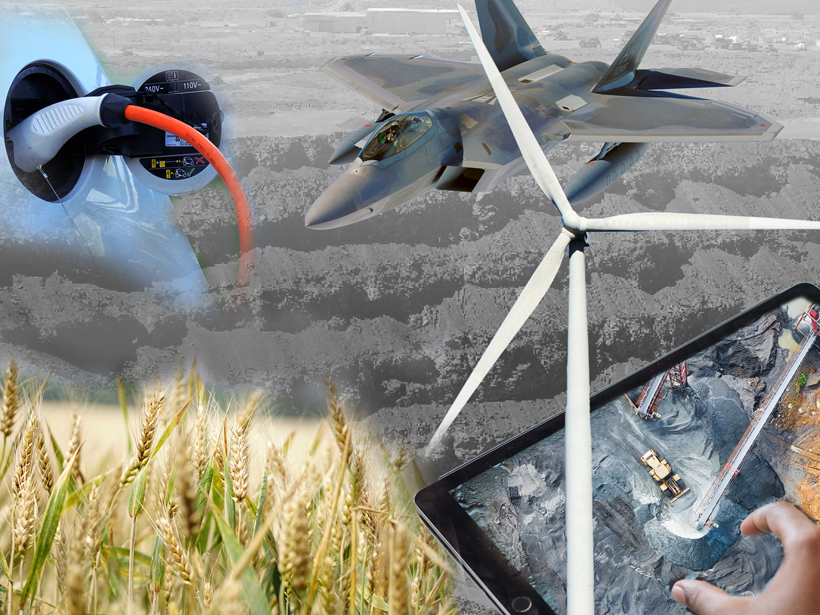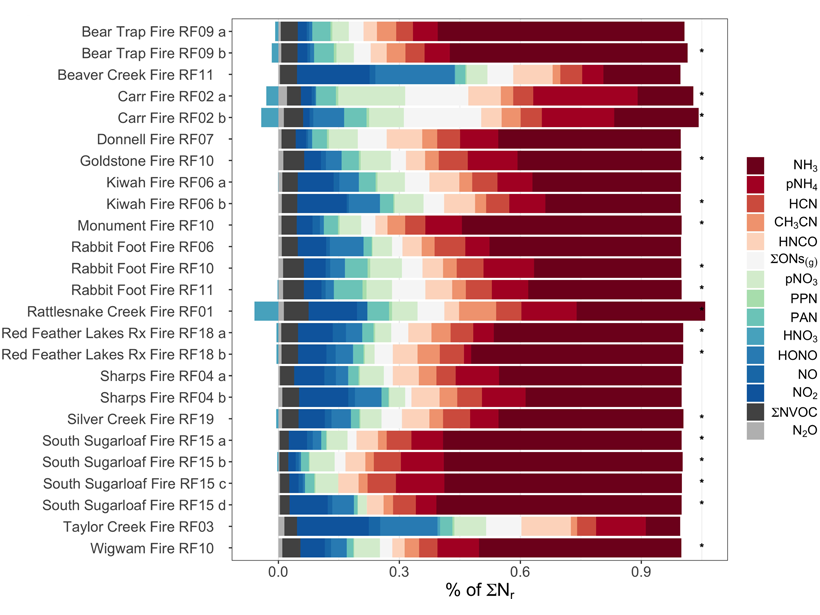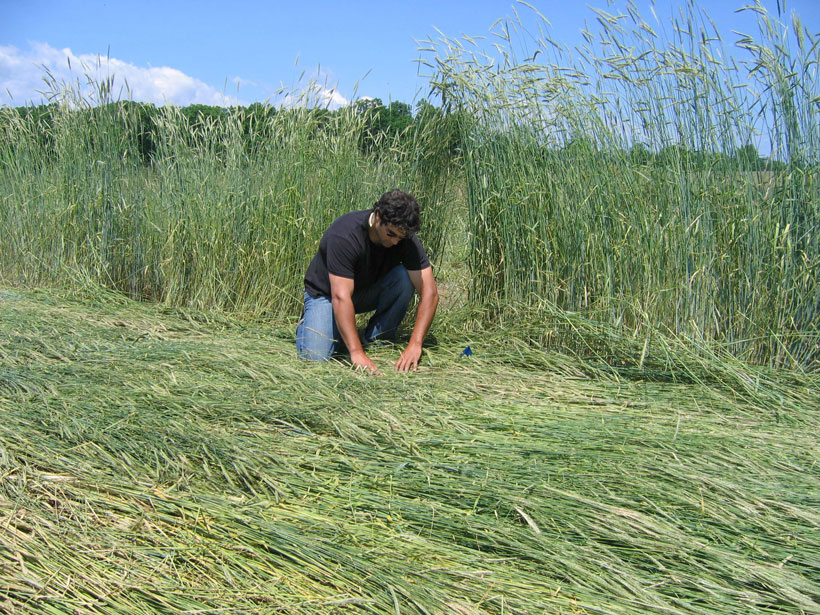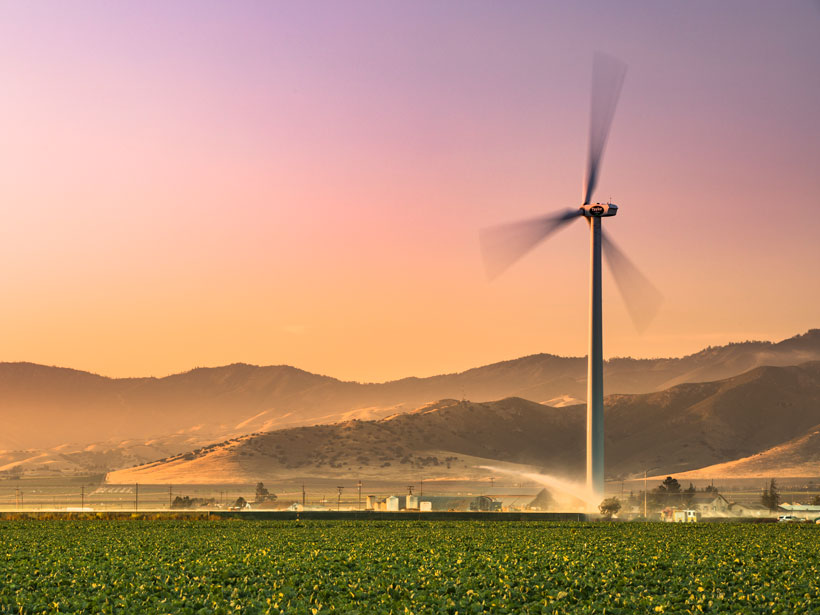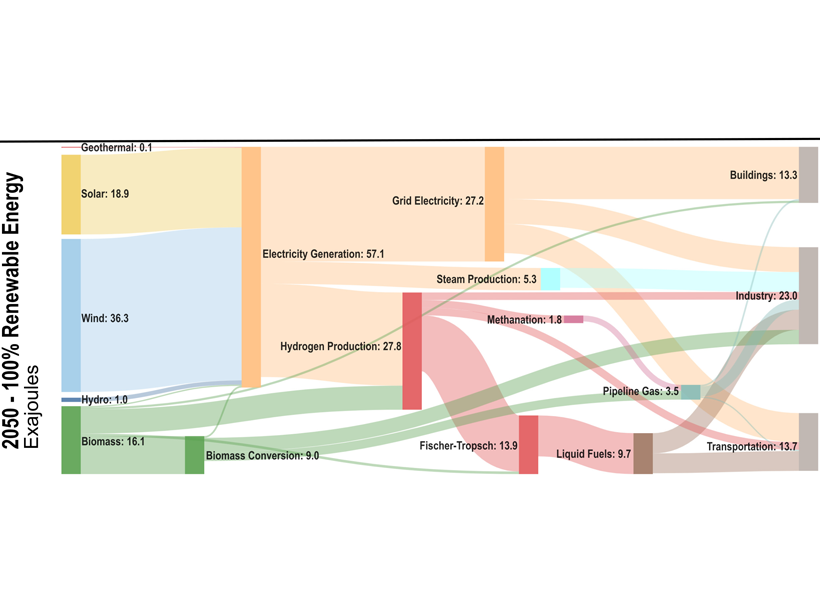Documents suggest that in more than 80 U.S. locations, the failure of an aging dam could flood a major toxic waste site.
United States
Los Incendios forestales podrían exacerbar el asma en el oeste de los Estados Unidos
Un nuevo estudio predice que para la década de 2050, el humo de los incendios forestales hará que la región gaste $850 millones más cada año para tratar el asma.
Many U.S. Cities Severely Underreport Their CO2 Emissions
Although unintentional, these errors may undercut local government efforts to tackle climate change.
Mass Bird Die-Off Linked to Wildfires and Toxic Gases
Using observations from crowdsourced science and weather location data, researchers concluded that wildfires caused a mass die-off of birds in the western and central United States in 2020.
Community Forests Prepare for Climate Change
Cities across the United States are feeling the heat as they struggle to integrate climate science into on-the-ground decisionmaking regarding urban tree planting and management.
Geological Surveys Unite to Improve Critical Mineral Security
A three-nation consortium is pooling geological expertise and resources to address vulnerabilities in supplies of these crucial natural resources.
Deciphering Reactive Nitrogen Emissions from Wildfire Smoke
In-situ data gathered from an aircraft flying over 23 western US wildfires in 2018 reveal the importance of reduced nitrogen, shedding insights on ozone and aerosol formation from wildfires.
Cover Crops, Sensors, and Food Security
Forward-Thinking Ideas for the USDA’s Agriculture Innovation Agenda
Solving Shared Problems at the Food, Energy, and Water Nexus
A 15-year-old partnership among Chinese and U.S. scientists studying challenges in our food, energy, and water systems has revealed that solutions are best achieved through international collaboration.
Deep Decarbonization? Yes We Can!
Modeling the U.S. energy system demonstrates several pathways to net-zero CO2 emissions by 2050. The pathway with the lowest cost, 0.2–1.2% of GDP, relies on >80% contribution of renewables.

